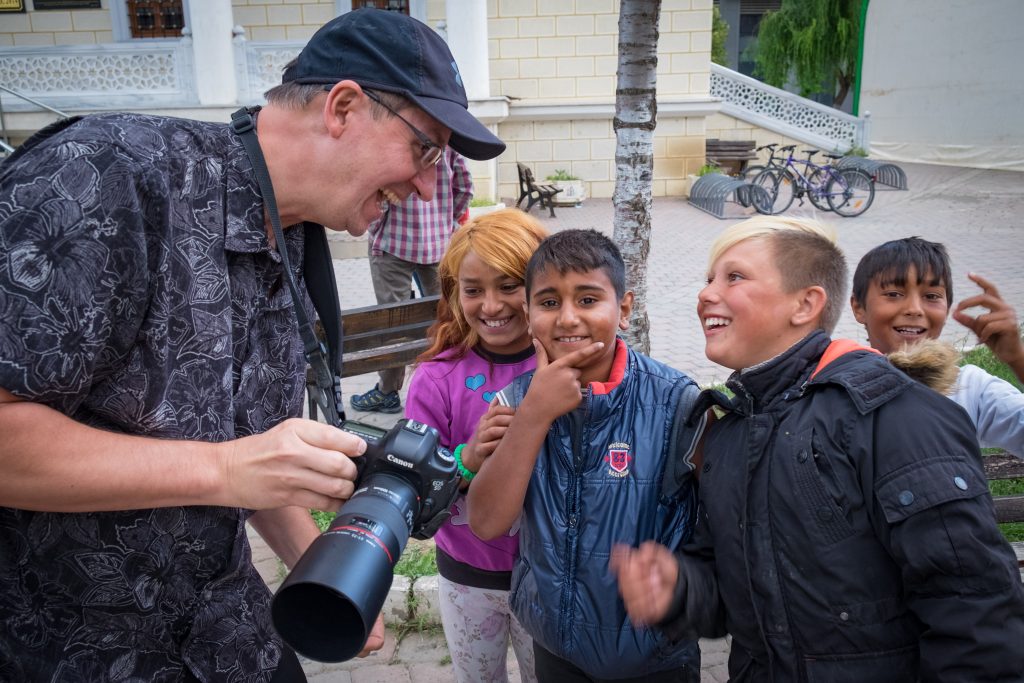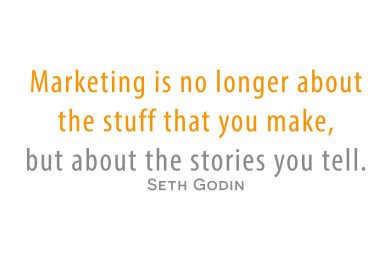
I like to think of still photography as capturing the emotional moments of a story. These moments, however, need an excellent storyteller to help weave them into a compelling story with text/words.
Photographers must remember it isn’t just about the moments that will get them hired. In other words, just having images will lack the essential part of getting jobs.
For photographers, successful marketing is about the photos we take and the stories we tell to help seal the deal.
This is excellent insight by John Steinbeck about a great story, “If a story is not about the hearer he [or she] will not listen . . . A great, lasting story is about everyone or will not last. The strange and foreign is not interesting–only the deeply personal and familiar.”
The Five Essential Elements Of A Story – Katie Kazoo says, “A story has five basic but important elements. These five components are the characters, the setting, the plot, the conflict, and the resolution. These essential elements keep the story running smoothly and allow the action to develop logically so the reader can follow.”
- Character—This needs to be developed so that we feel like we know this person. We can picture them and how they would dress, walk, and talk.
- The Setting—Great writers like Pat Conroy, who does such a great job of writing that if you had never been to Charleston, SC, you would recognize it from just reading some of his books.
- The Plot—This is how you sequence the events of a story to keep the reader on edge.
- The Conflict—This can be internal or external and often involves a little of both for the main character.
- The Resolution—offers a fitting conclusion, which can be a tragedy or a comedy.
This is an excellent example of creating a setting for the story by South Carolina’s famed writer Pat Conroy, as he describes Charleston in his 2009 novel, South of Broad: “I carry the delicate porcelain beauty of Charleston like the hinged shell of some soft-tissued mollusk. . . . In its shadows, you can find metalwork as delicate as lace . . . It’s not a high-kicking, glossy lipstick city.”

Photography can help create these five parts of the story. It can show what is often challenging to tell without many words.

I am looking for those moments where the expressions on people’s faces are what writers often spend pages trying to create using just the text. I usually see photos packing in even more information than the writer attempted.
When you go to see a movie that a writer’s book has been turned into, you will notice over and over where screenwriters, directors, and producers must include so much more in the frame of the lens that isn’t even described in that type of detail that the camera is giving to the audience.

Throughout my family vacation, I captured slices of memories that will be part of the stories we tell as a family in the years ahead.
When you look at the images that you captured this holiday, did you capture slices of the story?
Many will always say yes, but I want to challenge you. Take a moment and think about the story for your family this Christmas. Now, without thinking of your photos, can you tell the story? Then, after telling us the story, how many images do you have that will support this story?
You don’t start your storytelling by just clicking randomly. You start with the storyline in your mind.
“The purpose of a storyteller is not to tell you how to think, but to give you questions to think upon.”
– Brandon Sanderson
Marketing yourself with the story creates questions that cause the client to realize they don’t have answers and need help. That help is you!

